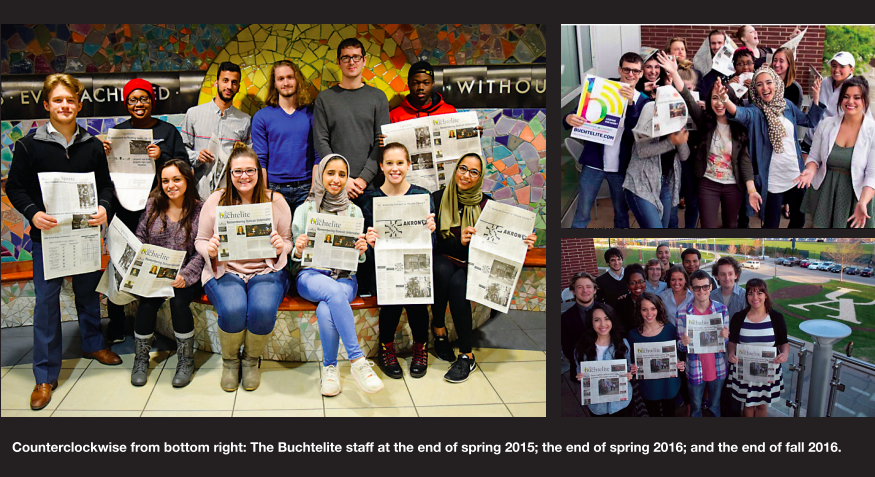“Last season, Major League Baseball ushered in a new era. Not the steroid era. The era of parity. Baseball has been searching for true parity since the NFL took over as America’s favorite sport – and they’ve found it. With the new collective bargaining agreement – which runs through the 2011 season – the game’s big-market teams may take a little hit financially, but the fans receive all the benefits.”
“
Last season, Major League Baseball ushered in a new era. Not the steroid era. The era of parity.
Baseball has been searching for true parity since the NFL took over as America’s favorite sport – and they’ve found it.
With the new collective bargaining agreement – which runs through the 2011 season – the game’s big-market teams may take a little hit financially, but the fans receive all the benefits.
The famed revenue-sharing term of the CBA makes recipients spend the money on on-field performance. The competitive balance tax, which works much like the luxury tax in the NBA, sets a soft salary cap ($148 million in 2007) and punishes teams for overspending and gives harsher punishments for repeat offenders.
The CBA’s success has translated into a better on-field product. Of the 30 MLB teams, 18 have legitimate claims that this is the year. And why not? Last year’s World Series champ – the St. Louis Cardinals – had the worst record of a World Series champ ever and their challenger – the Detroit Tigers – hadn’t been in the playoffs in 20 years and were not even on the radar as contenders at the start of the season.
Furthermore, for the first time in history, last year’s World Series featured two teams that had losing records after the All-Star break.
The Cardinals’ victory in the Fall Classic made it the seventh different team to win a world title in as many years. There also wasn’t a 100-win team last year, which is just the second time that has happened in 10 seasons, signifying that there are no dominant teams heading into this season, which starts April 1.
That is why this season will prove to be another fan-friendly season. No team is out of contention until the final day of the season, except Kansas City (and they’re never in it).
Look at the Buchtelite predictions. An Indians-Cubs World Series? Before the 2000 season, this would have been laughable. But every team seems to have strengths they could ride into postseason play, making this season every fan’s dream.
The only problem is that there are no more teams to hate because they are so successful. Look at the Yankees. There is more pity for them for spending ungodly amounts of money to just get to through the Division Series.
There are so many uncertainties heading into the season because of parity. Will the Cubs return to prominence? Are the Tigers one-year wonders? Can the Tribe deal with all the national media hype of being true contenders?
Will another team come out of the depths of the standings and emerge as a contender? Will the Braves get back to the playoffs? Will Albert Pujols finally win the MVP award that he deserves? That’s just to name a few.
But the most prominent question heading into any season, whether it be Little League or MLB, is who’s going to end up champs.
Like I mentioned before, there are 18 teams that could claim they have a shot at the crown. Personally, I think the Tigers have the best shot at the title. They have the most balanced roster in the league.
They have young firearms in the rotation and bullpen and their lineup is tough top to bottom (their No. 9 hitter, Brandon Inge, hit 27 home runs, 29 doubles and 83 RBIs last season).
But the Tigers could fade back into obscurity as quickly as they emerged out of it. The Indians starting rotation is just as good as anyone’s and the Red Sox’s roster looks as if it’s primed for running the table. But anything can happen.
And with parity, anything could.
“

